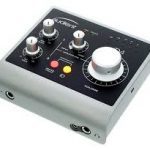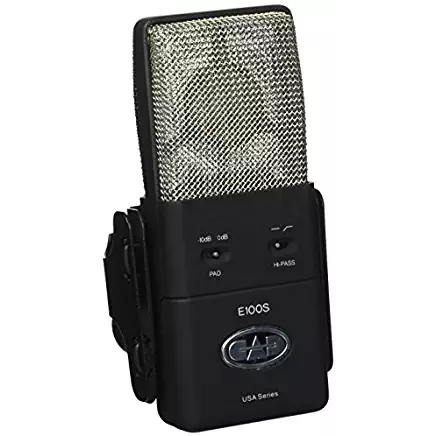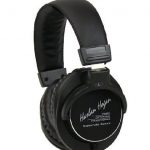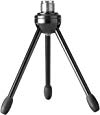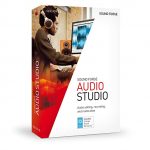One of the keys to having a professional and successful podcast is to ensure high quality audibility. When speaking, it is natural for the human voice to have different sound levels; for example, you or the person you’re interviewing during your podcast might get excited at one point and your audio will peak. You want to reduce the high peaks in the audio so that the volume is consistent, but without losing quality. You can make that happen through dynamic processing using a compressor.
How to Compress Audio
Compressing audio should be on the top of every podcaster’s tool kit. You’re probably wondering, how do I compress audio and when is it a good time to compress? Typically, audio compressors reduce high peaking signals, but what about the low peaking signals? During an audio compression, signals that are below the threshold are not affected, which can still create an audibility imbalance. You want the volume throughout the piece to be as consistent as possible.
To work around this issue of not being able to bring up the low peaks, you may use two compressors to achieve dynamic processing for all of the audio signals. We recommend using UA1176LN compressor for compressor #1 and Teletronix LA2A for compressor #2.
Using Two Compressors to Improve Podcast Quality
Compressor #1: Like mentioned previously, you want to compress your podcast’s audio signals because the human voice is very dynamic leaving behind peaks. The first compressor will take care of the peaks that are above the threshold. Using the UA1176LN, we recommend a medium fast release with a fast attach and a 8:1 ratio.
Be sure to set the threshold or input gain so that only the loud peaks are removed, leaving the rest as is.
Compressor #2: The purpose of the second compressor is to add loudness and body including signals that are below the threshold. Unlike compressor #1, it adjusts the entire audio. Using Teletronix LA2A, we recommend using an auto attack, auto release and a ratio of 2:1.
Why a 2:1 Ratio?
When compressor #2 is set at a 2:1 ratio, you may think it is too low, but because we’re applying two compressors, the two ratios are multiplied resulting in 16:1, which is high (8:1 x 2:1 = 16:1.)
By applying a higher gain reduction rate and compression you can essentially avoid a pumping effect and instead create a crisp sound. Each compressor works independently but the end result can set your podcast apart from amateure podcasts to an established and strongly produced podcast.
Final Thought
At the end of the day you want your podcast to sound professional as possible and not have audio signals all over the place in terms of volume. The human voice is naturally dynamic, one moment you can speak very low and then very loud, but with a little fine tuning by using audio compressors your podcast will go from amateur to professional in no time.


